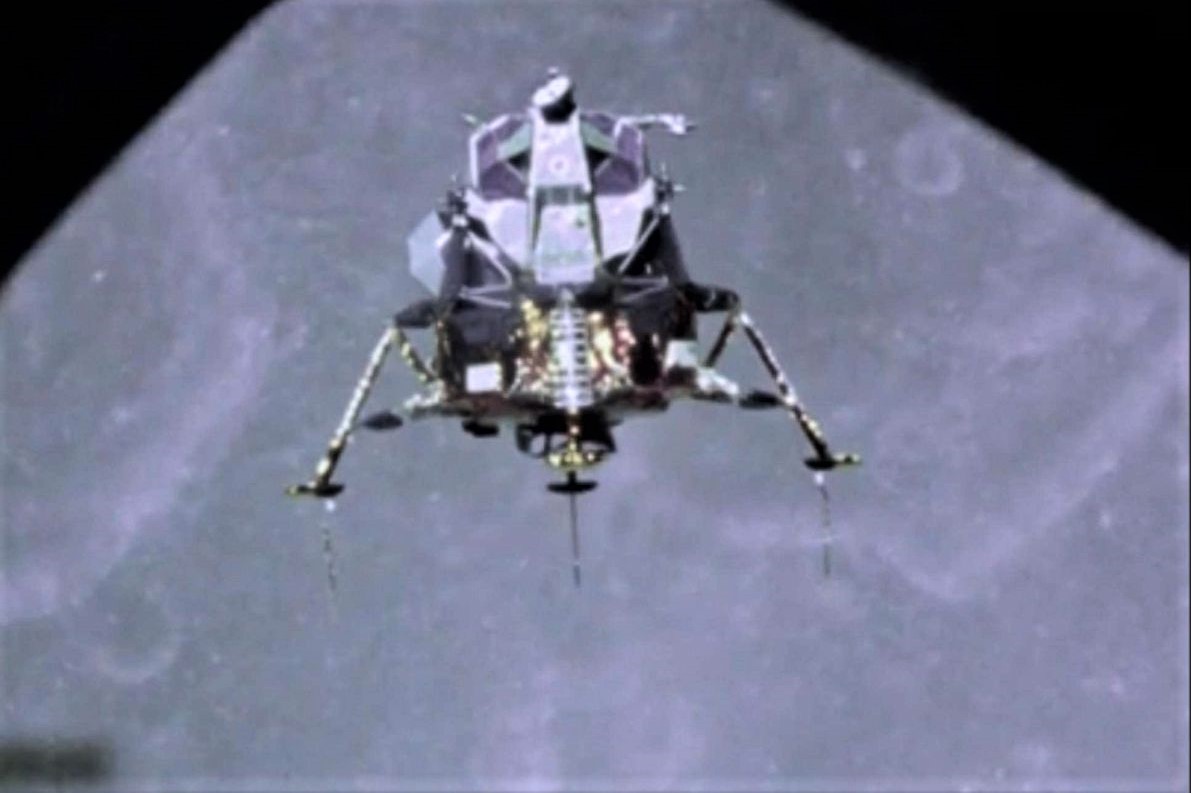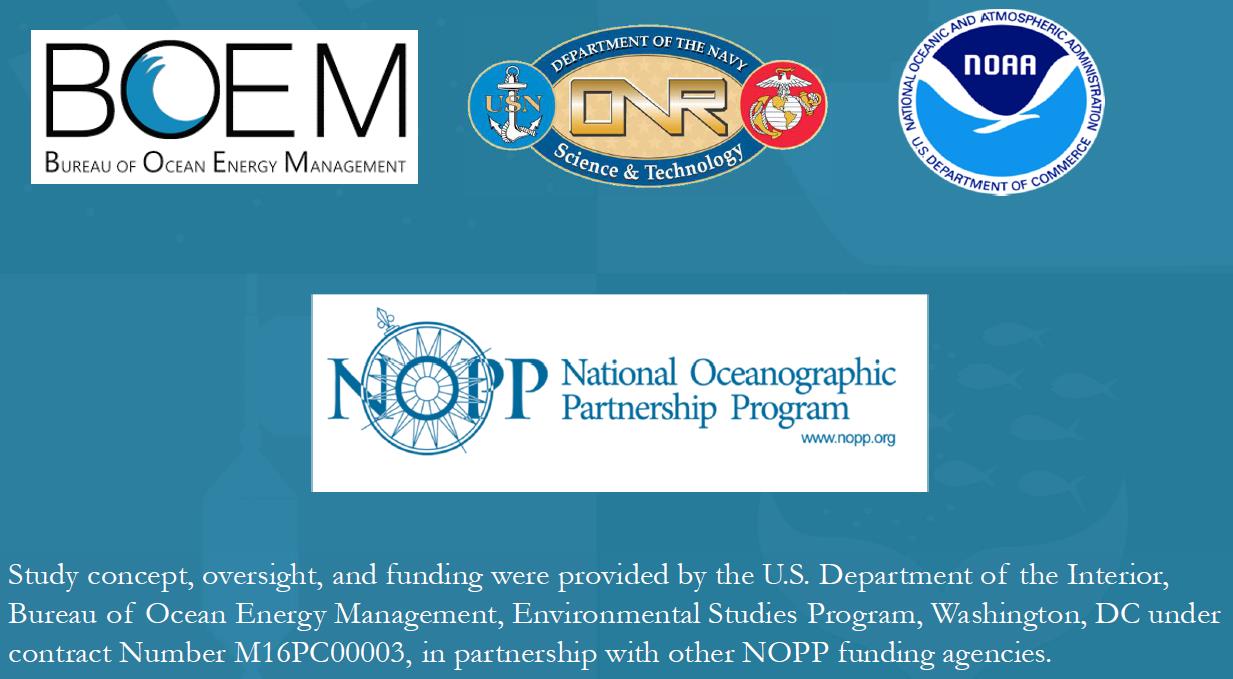“Man must understand his universe in order to understand his destiny. Mystery, however, is a very necessary ingredient in our lives. Mystery creates wonder and wonder is the basis for man’s desire to understand. Who knows what mysteries will be solved in our lifetime, and what new riddles will become the challenge of the new generation? Science has not mastered prophesy. We predict too much for the next year yet far too little for the next ten. Responding to challenges is one of democracy’s great strengths. Our successes in space can be used in the next decade in the solution of many of our planet’s problems.” — Neil Armstrong, in a speech to a Joint Meeting of the Two Houses of Congress to Receive the Apollo 11 Astronauts (16 Sep 1969), in the Congressional Record.


Two landers. One launched with Neil Armstrong aboard, one launched from his namesake research vessel, the R/V Neil Armstrong. Echo. Both launched into the unknown without tether. Both attempting to address humankind’s desire to understand. Analogy. Power constraints, sensing capabilities, robustness to harsh environments, and yes, the ability to land upright and in one piece – all analogous considerations in the design of both landers. The anticipation of a returning lander and joy upon recovery, echoes of feeling for both.
Anthony Lyons (ADEON Phase IV lead)


